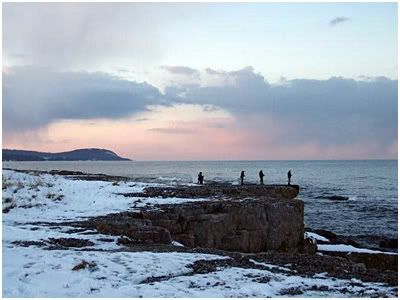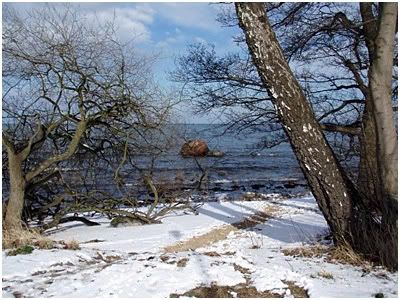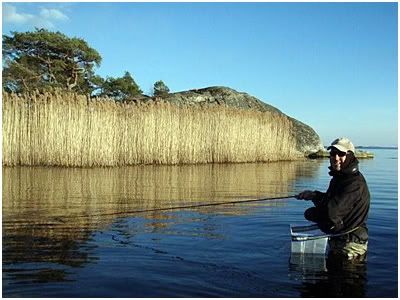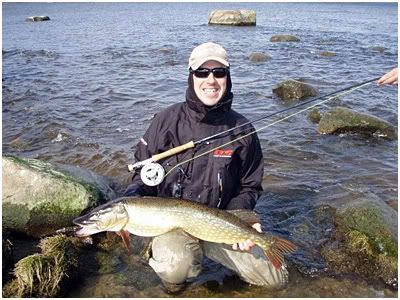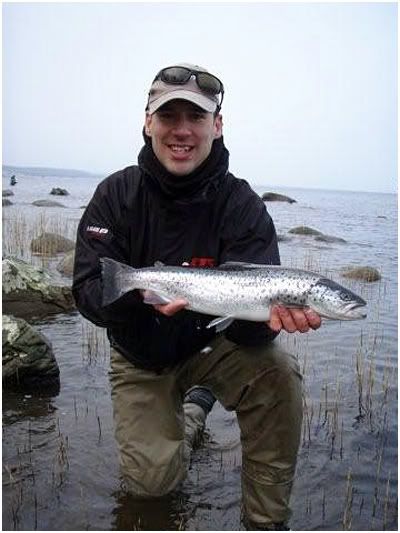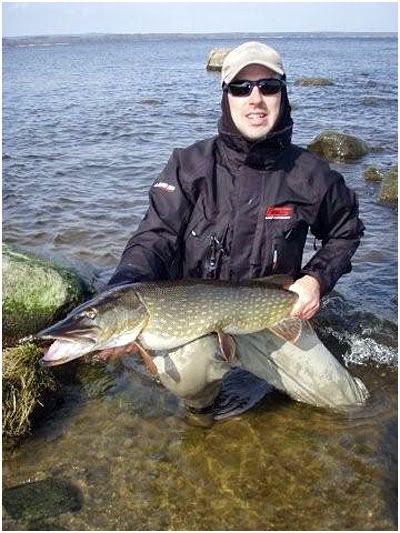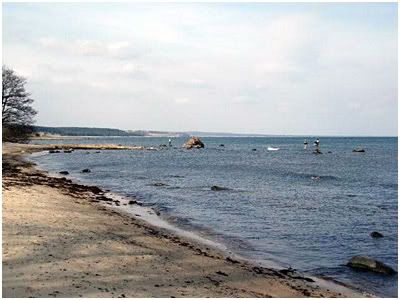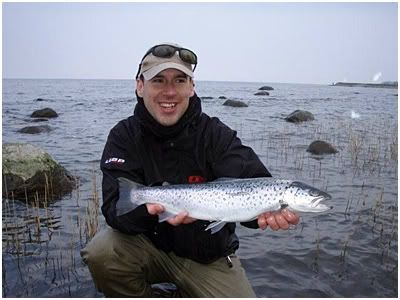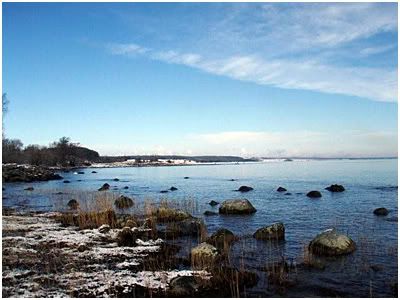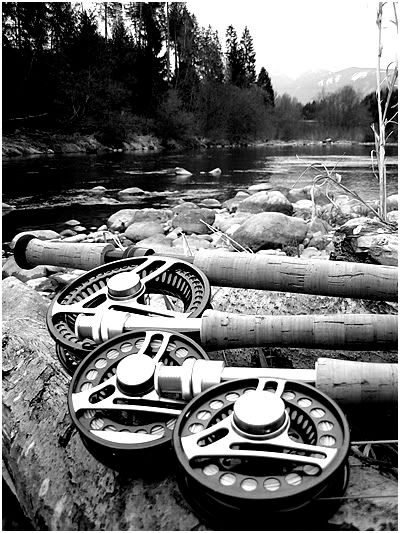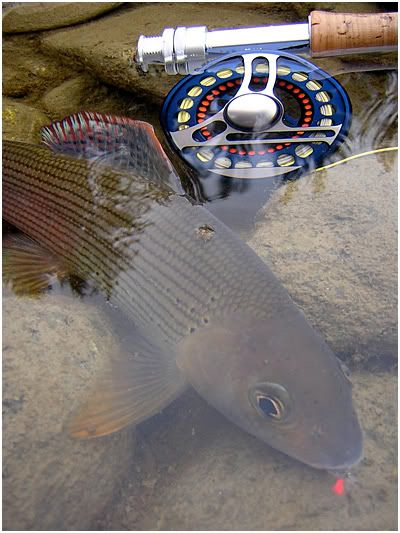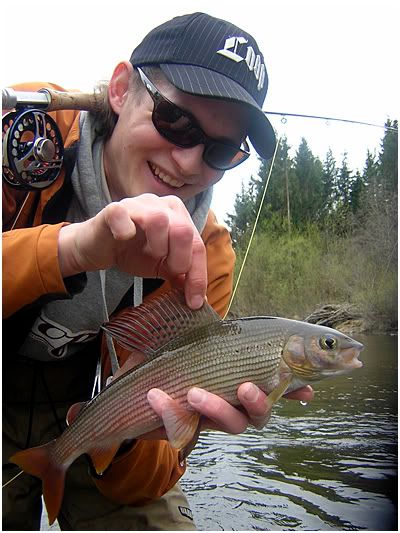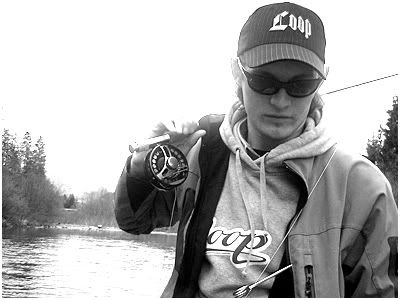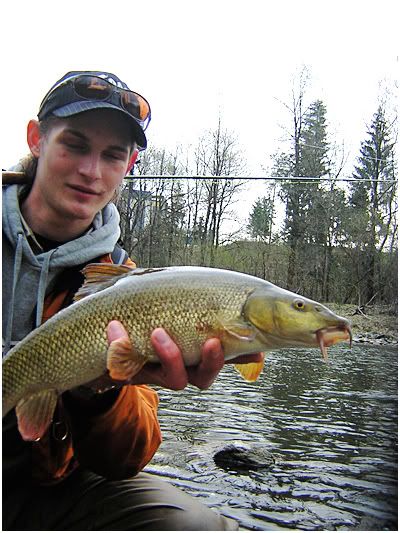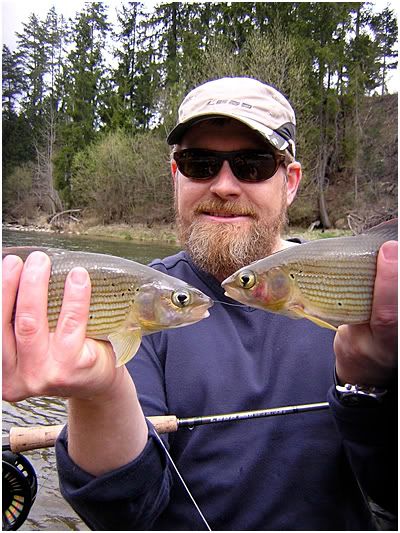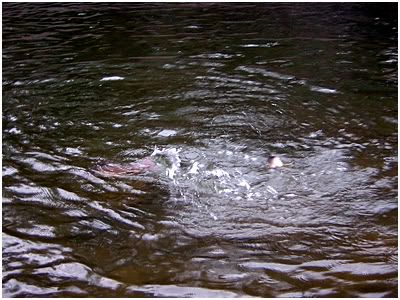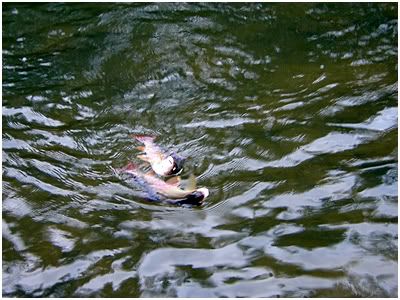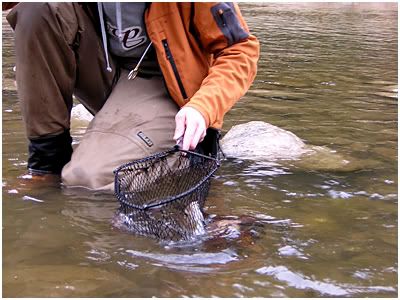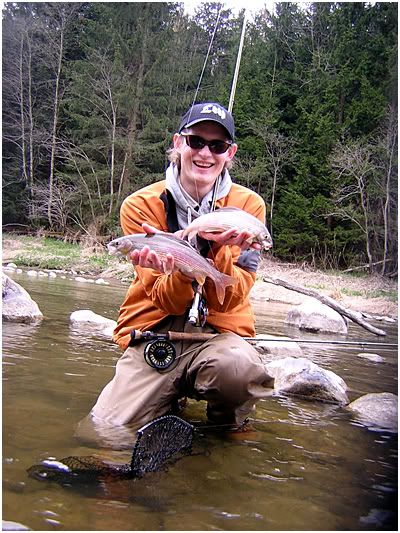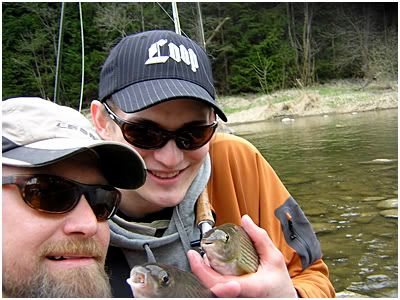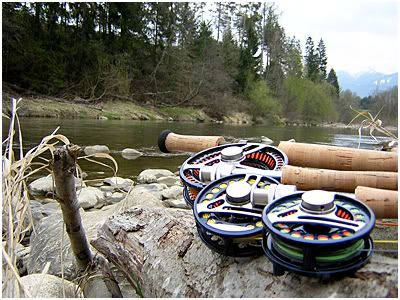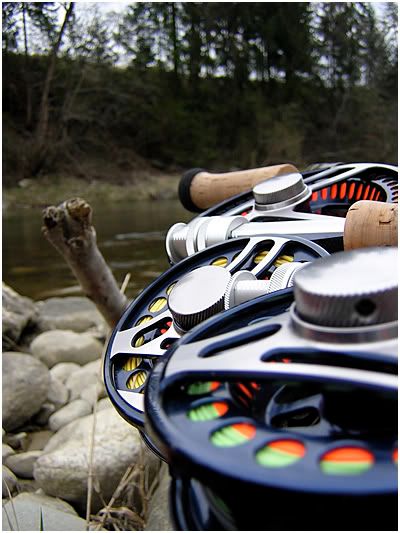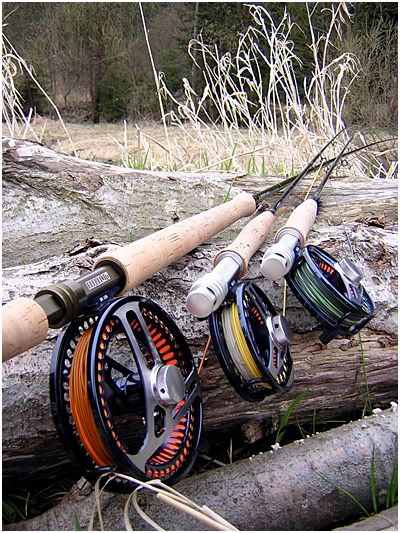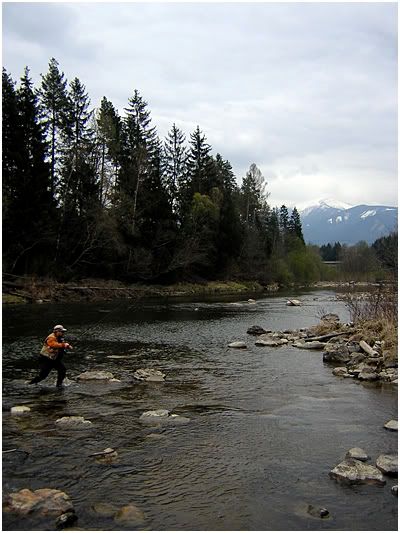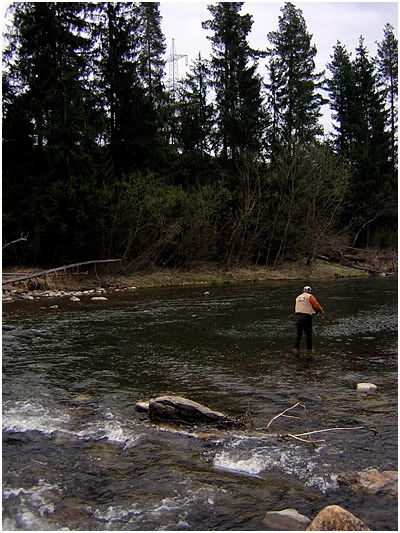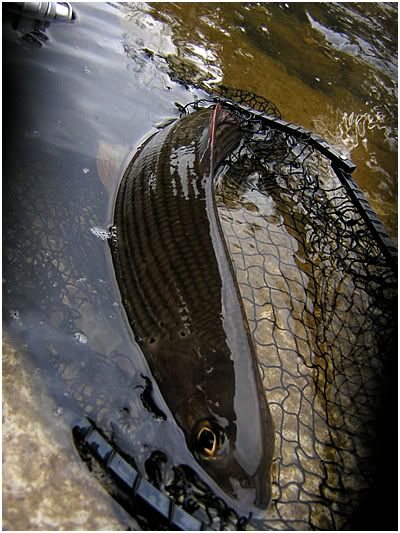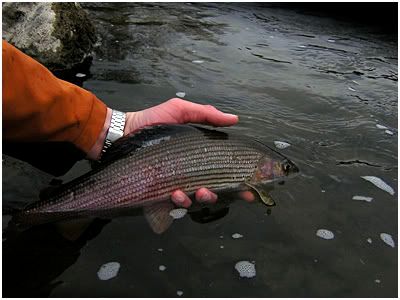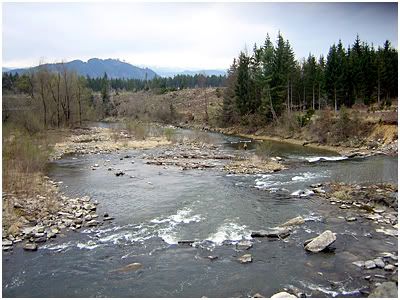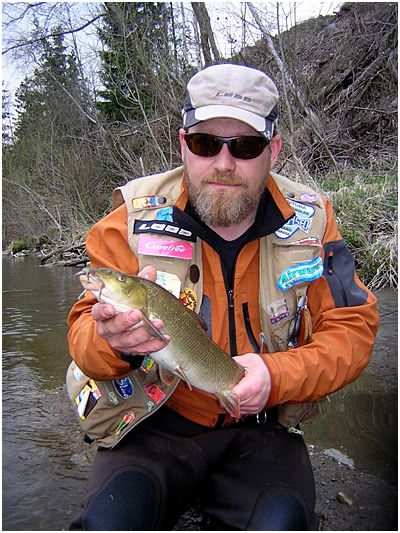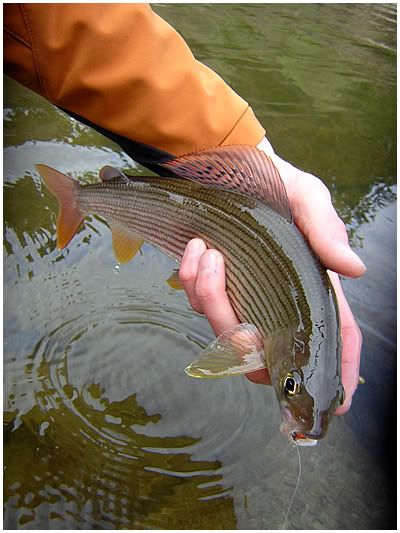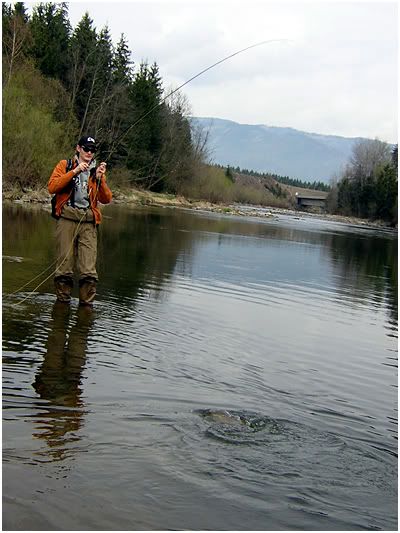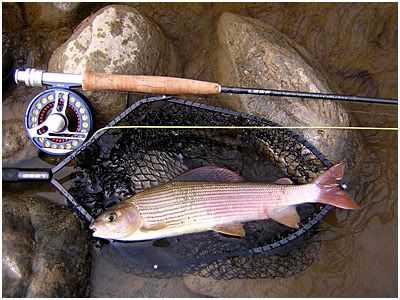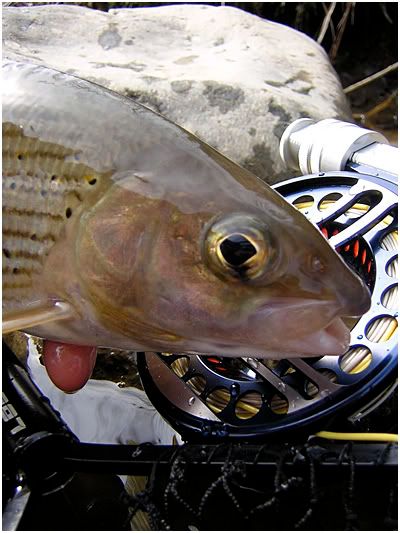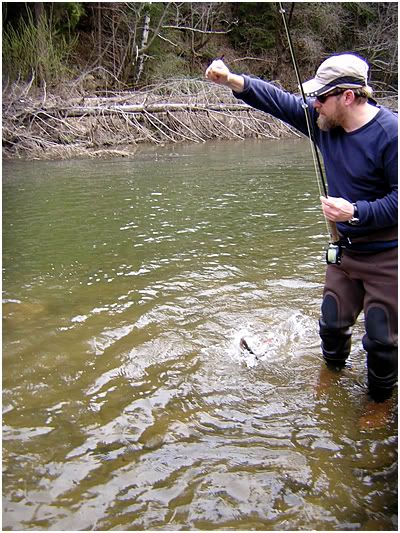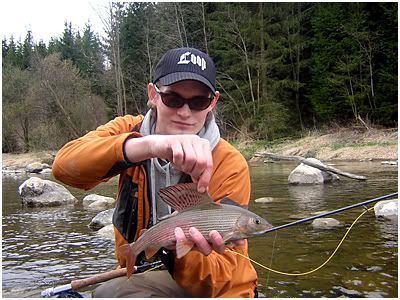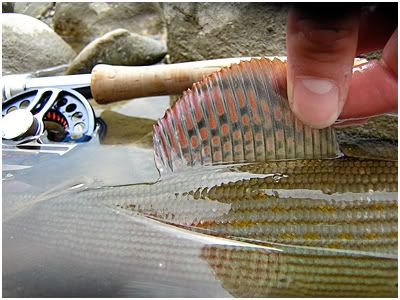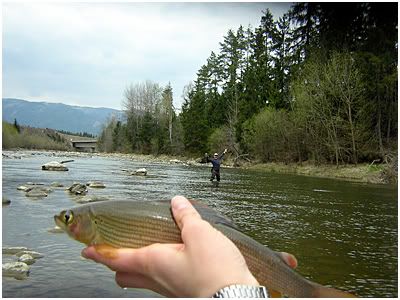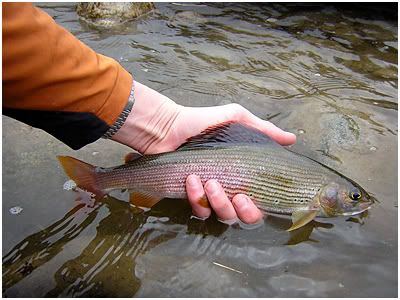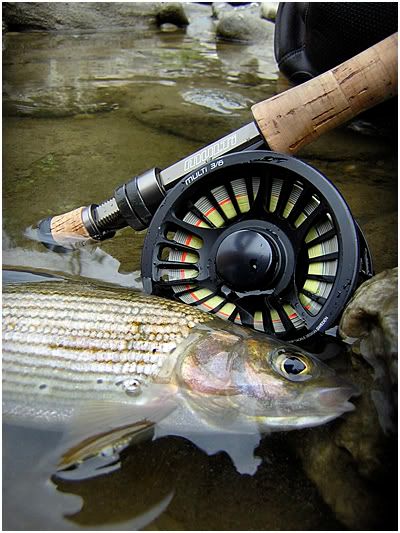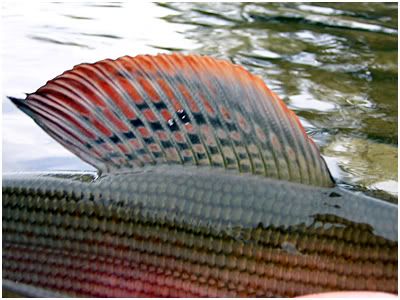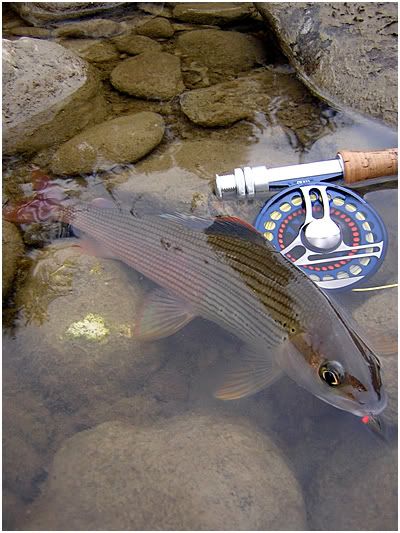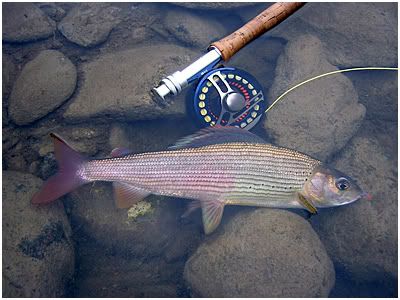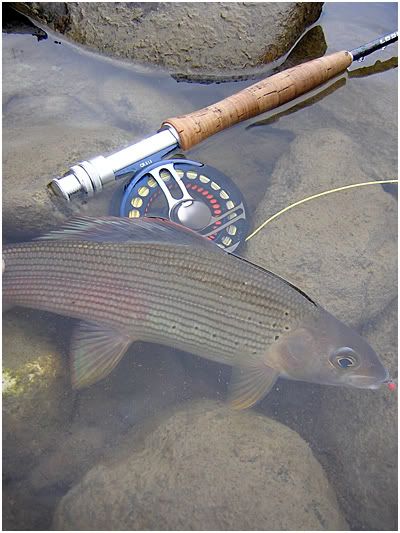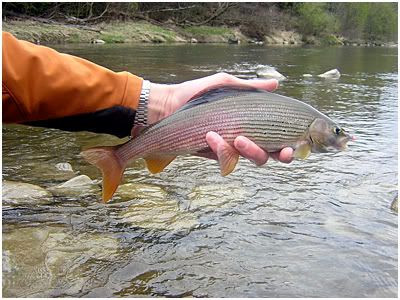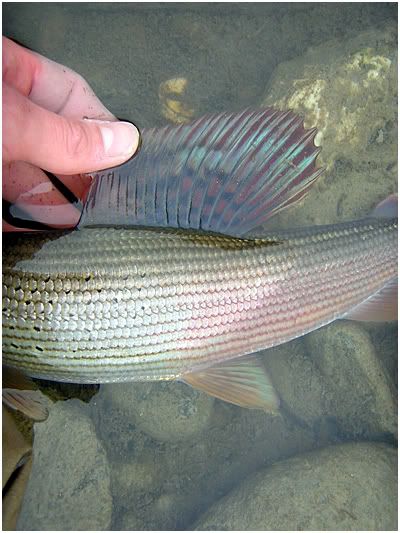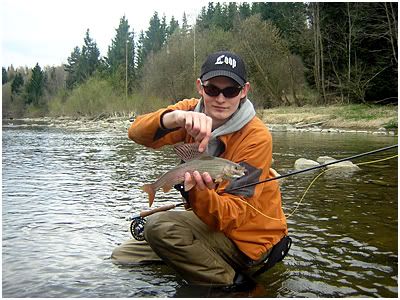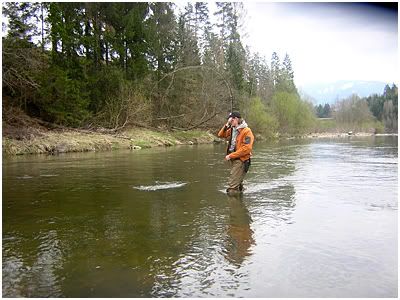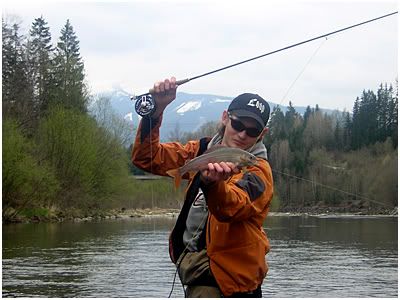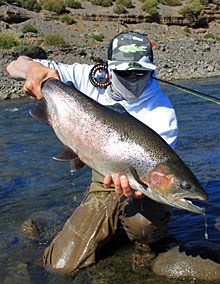An analogy came to me today when I was trying to select a dry fly. Have you ever found that selecting a fly to appeal to a fish is a bit like taking a girl out for a meal and then having to make her choice on the menu? I suppose you could liken a trout to a girl in that they are beautiful and just as fussy! Yet also just as rewarding (in an entirely different way of course) if you make the right choices.
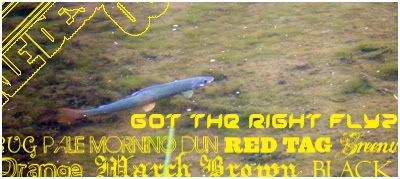
Sometimes even experienced fly fishers have difficulty in selecting a fly. So think back to the days when you were a novice, or if you still are…how the hell did you manage it? I do most of my trout fishing in one small stream near my home, the River Eden. The Eden is a bountiful stream, running over quite a mixture of free stone beds, and sand in places. I find that I never use more than four or five different types of fly in one season, why not? Because I don’t need to. My dry fly selection is rather dull, if deadly. Camouflaged killers is what they are, we don’t have many exiting varieties of fly on the Eden. We don’t get many Mayflies like they do in England, and we hardly get any March Browns. This makes dry fly fishing a little difficult in the early part of the season. What we do get is duns and olives of the smaller varieties. Sometimes in huge numbers, thus my fly box is full of Blue Duns. We also find that black spiders are very effective when fished up streamy water later in the year when there is little moving.
However, the Eden is water that I know so well that I could draw you a map from memory. What happens when you fish a new location, or if you are a beginner? My first step would be to find out what I could locally, what types of natural fly to expect and so to prepare for and accordingly…prepare! It is also a great thing to look under stones on the river bed, apart from just being interesting to see what’s there, the larvae that are attached to the bottom of the stones will give you a fair measure of what is found and eaten by the local trout population. I would never go to a river armed only with a box of dry flies, or only with a box of nymphs. I always make sure I carry both. If you do look at the insect life in a new river, be sure to make a mental note of it and retain it for future reference so that you can tie your nymphs and dry flies in accordance with your findings for your next visit.
What I am about to say is as a rough guide only, and will differ from place to place. But as far as I am aware, it is a fairly good rough guide and should stand in good stead.
If you fish a river and there is a hatch of flies going on and the fish happen to be feeding on the surface, it should be fairly easy to look at what flies are on the water and select a match from your box. I have found that if the fish are really on the feed and even if you don’t have an exact match, something similar will still produce fish. Having said this though, I have also seen it that on occasion there could be a hatch of flies in progress and there have been plenty of fish feeding on the surface, yet try as you might and as good a match as you can muster from your fly box, the trout won’t look sideways at it!
This is normally when you’d be asking yourself all sorts of questions, “Is my leader floating?” “Am I causing surface drag?” “Is my leader too short?” and so forth… Again, In my own experience and I stress that this is locally! Normally your terminal tackle and set-up is fine, it’s the fish that are the problem. If you find yourself in this situation, take a very close look at the water, particularly the parts flowing under the hanging cover of trees or bushes. You may find a very small black or green fly, and that my friends is probably what your trout are feeding on. They will simply ignore everything else cast in their path. Though once more I stress that is only a local experience and may well differ from place to place. I would be very interested in fact to find out if it does differ greatly or not, depending on where you fish. But if you can’t get them to take it may be worth a shot wherever you are, think about it, it can’t make it any worse!
When nymph fishing I have normally found fish to be fairly un-fussy, chances are that if trout are feeding sub surface in a river they are just waiting for whatever gastronomical opportunity might happen to pass them by. But, again, it can never always be that simple in the world of fly-fishing can it? This is when it can really be useful to start turning over those stones! It will give you at worst an idea and at best a real insight as to what your trout may be feeding on. I have heard it said that for every trout you see rise; there are another ten feeding underneath him! Therefore by that logic, nymph fishing has to be a worthwhile endeavour.
The trouble is that because you can’t actually look at a trout under water and see exactly what he or she is hoovering up there is always a certain amount of guesswork involved and since trout are such finicky creatures in general, a bit of trial and error never goes amiss. If something doesn’t work one day, it may well work another. You can only try. You should never be afraid to change your flies if you find they aren’t working, as I have already said if they aren’t working in the first place and then you change them, it can’t make the situation any worse!
Slowly, you will begin to find that you build up almost a sixth sense of what will be likely to work and when. If I was to take a novice angler out fishing tomorrow and they were to ask me to explain how I knew a particular fly would work. Chances are I would have to tell them that it was experience and my sense as a fly fisherman and that I wouldn’t be able to give them any more of a solid answer than what I have just written.
I know it all sounds a bit vague and daunting, but is the mystery of fly-fishing not one of it’s most appealing factors? If you really want an insight, I suggest that you speak to a local, experienced angler from wherever you are going. It also can’t hurt to brush up on your entomology, which is the study of insects and flies. This is an interesting subject of it’s own as well as a great tool in an angler’s armoury.
